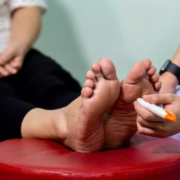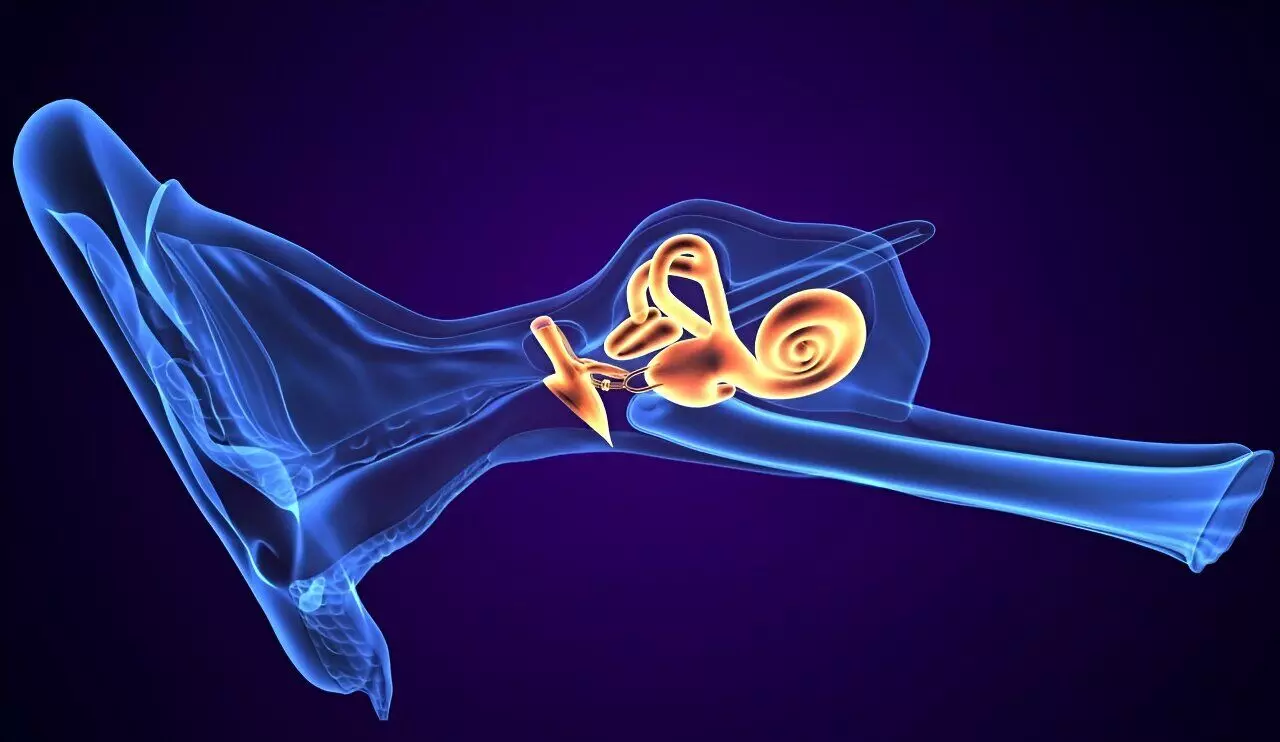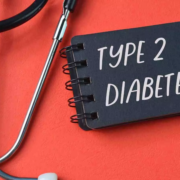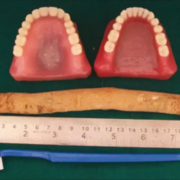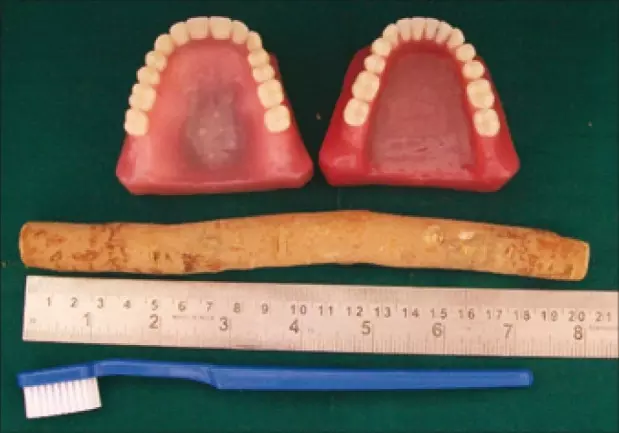Nerve decompression may reduce pain in patients with diabetic peripheral neuropathy: Study
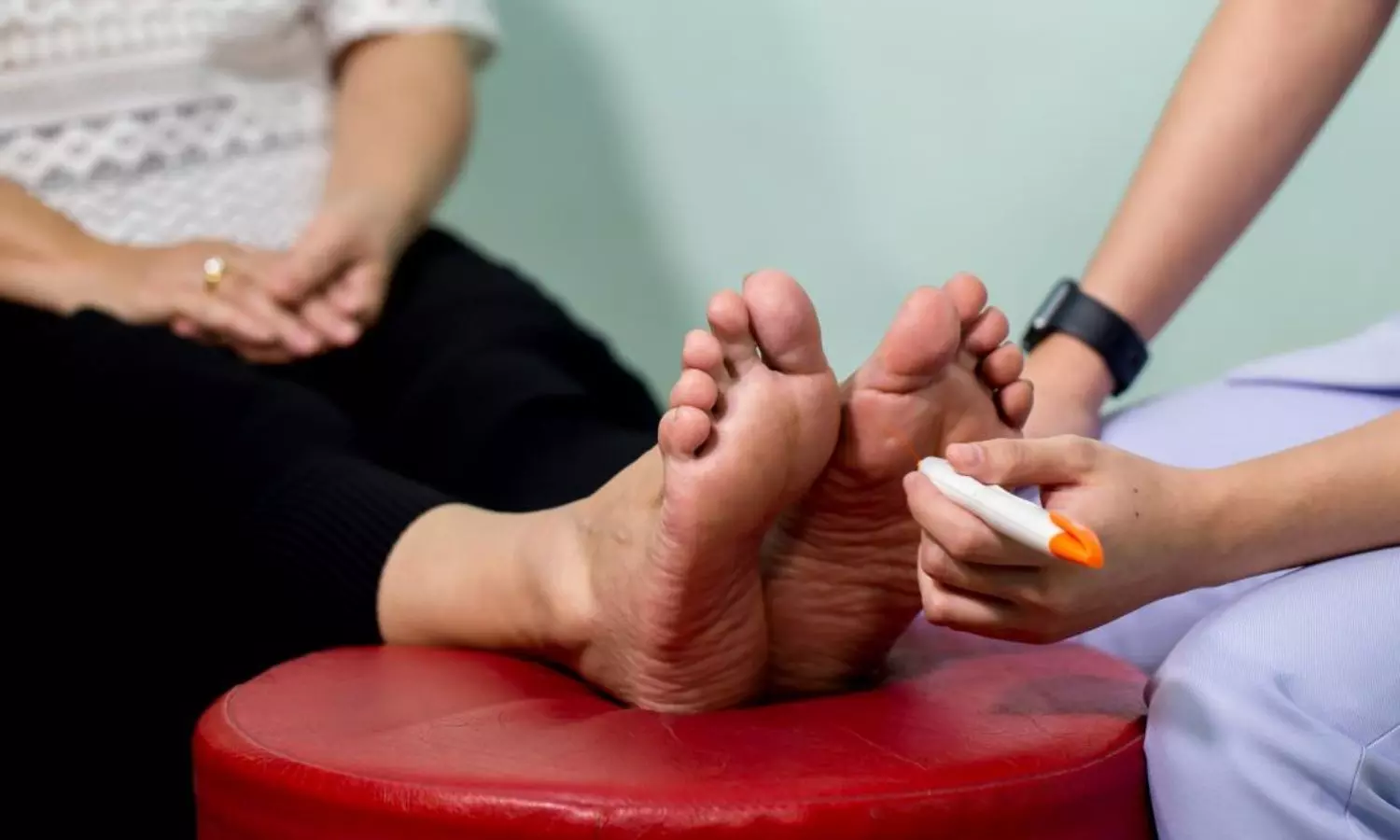
A recent study by the team led by Shai Rozen unveiled the effectiveness of nerve decompression surgery in patients requiring the treatment for painful Diabetic Peripheral Neuropathy (DPN). This condition usually affects millions globally and often leads to significant discomfort and pain in the lower extremities which severely impacts the quality of life. The key highlights of this study were published in the newest edition of Annals of Surgery.
This rigorous double-blinded, randomized trial compared the outcomes of nerve decompression surgery against the observation and sham surgery. This study encompassed a broad age range of patients from 18 to 80 years and who had not found relief from one year of medical treatment. The research ensured a comprehensive analysis of the effectiveness of surgery by randomizing patients to either undergo nerve decompression on one leg with a sham surgery on the other or to an observation group.
After 12 months, the patients who underwent nerve decompression reported a significant reduction in pain when compared to the control group. With mean differences in pain scores significantly lower in both the right and left decompression groups. Also, both decompressed and sham-operated legs showed equal improvement initially which suggests a complex interplay of physical and psychological factors in pain perception.
However, the long-term findings which was observed at 56 months showed that patients who had undergone nerve decompression maintained a lower level of pain when compared to controls where the difference in pain scores were both clinically and statistically significant. Also, a direct comparison between decompressed and sham-operated legs revealed a clear advantage for the former that indicated a true effect of the surgery beyond placebo.
These crucial findings in the individuals with painful diabetic peripheral neuropathy suggests that nerve decompression surgery could become a cornerstone in the management of this challenging condition. The outcomes caution that the observed benefits necessitate further scrutiny despite being promising. Overall, the potential placebo effect highlighted by the initial improvement in sham-operated legs strongly underline the complexity of treating chronic pain conditions and the need for a deeper understanding of how surgical interventions exert their effects.
Reference:
Rozen, S. M., Wolfe, G. I., Vernino, S., Raskin, P., Hynan, L. S., Wyne, K., Fulmer, R., Pandian, G., Sharma, S. K., Mohanty, A. J., Sanchez, C. V., Hembd, A., & Gorman, A. (2024). Effect of Lower Extremity Nerve Decompression in Patients with Painful Diabetic Peripheral Neuropathy. In Annals of Surgery. Ovid Technologies (Wolters Kluwer Health). https://doi.org/10.1097/sla.0000000000006228
Powered by WPeMatico

